-
Things Possible With Digital Stories Which Are Not So Possible With Paper Stories
A lot is being said about all the ways in which ebooks and tablet books are not as good as ‘real books’: you can’t smell them, there’s screen glare, you don’t know where you are up to in the book… Ebooks “I hate them. It’s like making believe there’s another kind of sex. There isn’t another…
-
What Is Interanimation in Literacy?
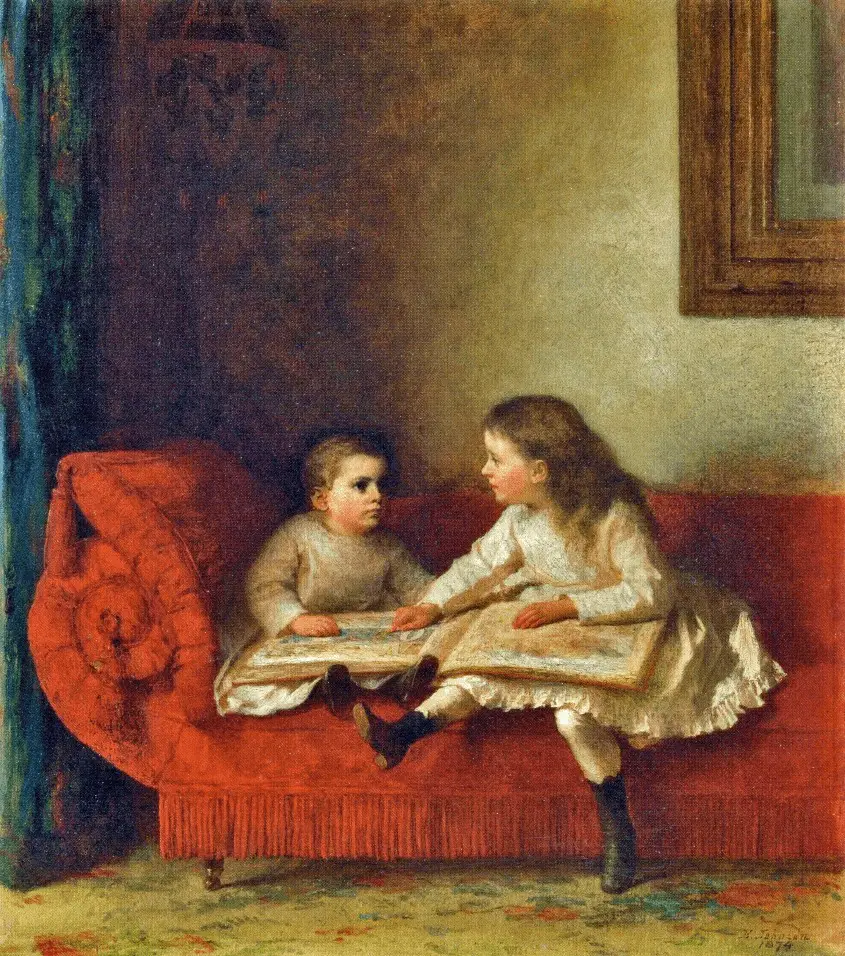
Header painting: Eastman Johnson – The Lesson. An excellent example of red and blue as a colour palette.
-
Tad by Benji Davies
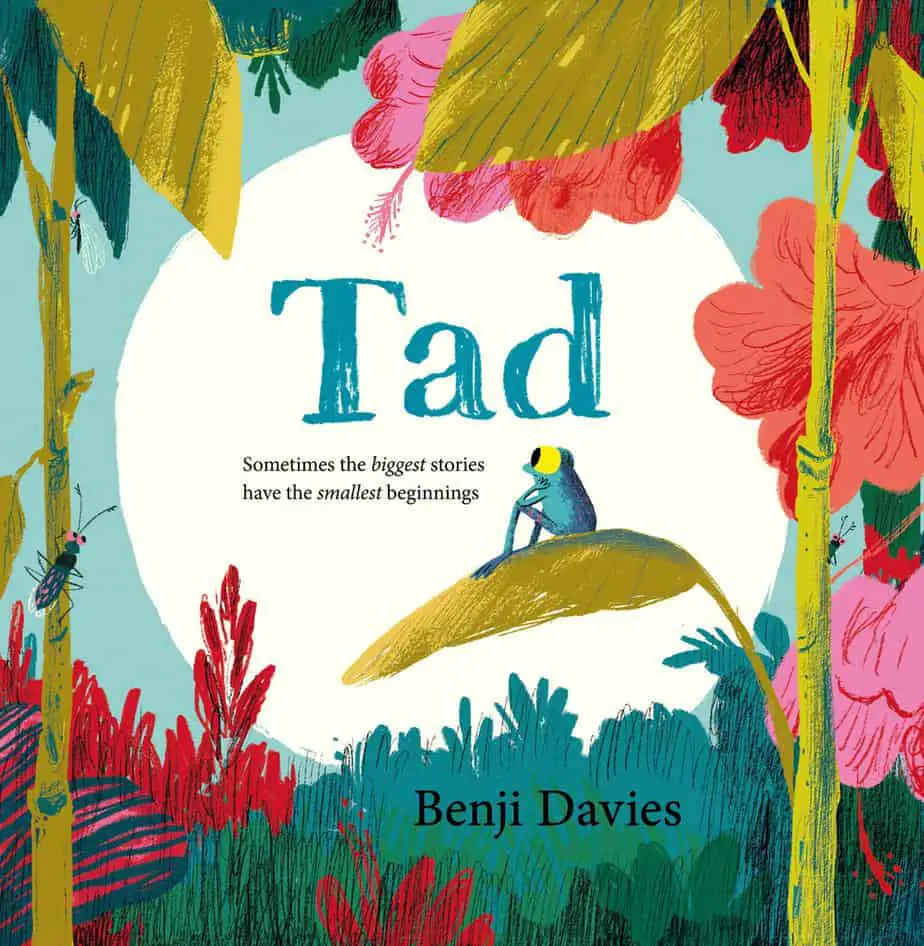
Tad (2019) is a picture book written and illustrated by Benji Davies. This is an especially good mentor text for illustrators because I’ve never seen a better example of a fairly muted colour scheme that suddenly pops after the page turn at the end. I literally said, “Wow!”
-
Goldilocks and The Three Bears Fairy Tale Analysis
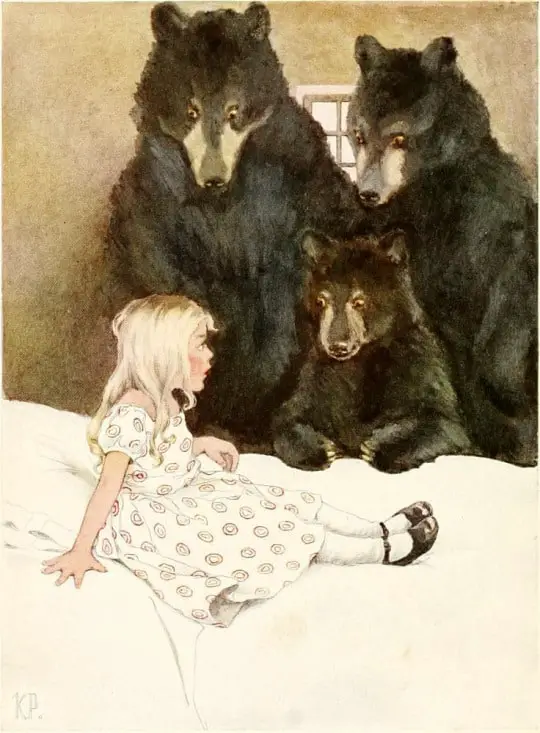
This month I wrote a post on Teaching Kids How To Structure A Story. Today I continue with a selection of mentor texts to help kids see how it works. Let’s look closely at a classic fairytale, Goldilocks and the Three Bears. Years later, at Goldilocks’ house. pic.twitter.com/PEa3WhhYZm — Dick King-Smith HQ (@DickKingSmith) July 19, 2020 snow white broke…
-
Frog Went A Courtin by John Langstaff Analysis
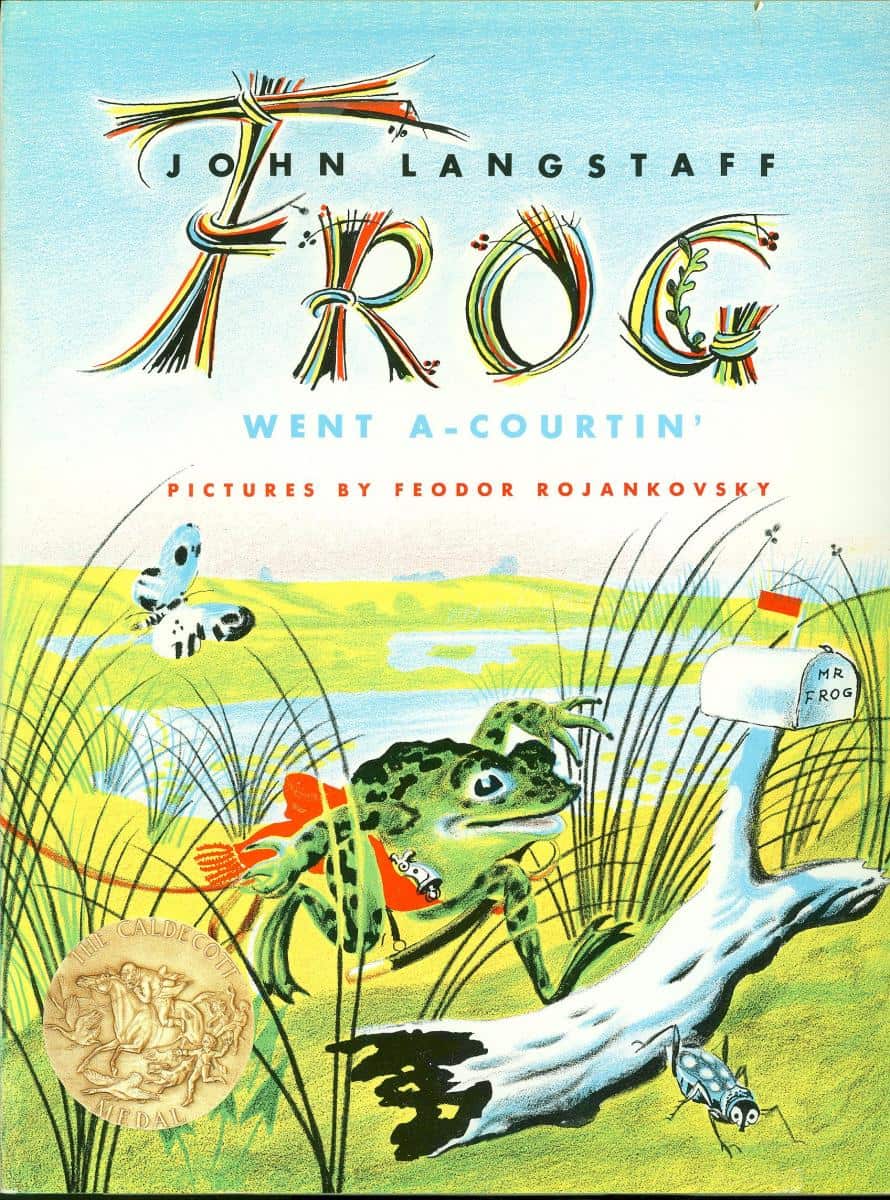
This month I wrote a post on Teaching Kids How To Structure A Story. Today I continue with a selection of mentor texts to help kids see how it works. Let’s look closely at Frog Went A-Courtin, a Scottish folk song from the 1500s, which was turned into an iconic picture book for children written by John…
-
Sam and Dave Dig a Hole Picture Book Study Analysis
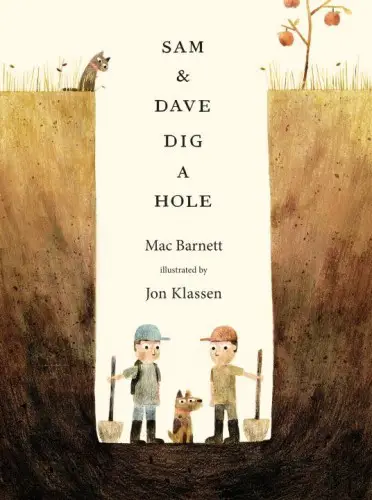
Earlier this month I wrote a post on Teaching Kids How To Structure A Story. Mac Barnett and Jon Klassen’s Sam and Dave Dig A Hole is useful as mentor text because it appears at first glance to break all the rules. This story does follow the rules of storytelling, but in an ironic way. Jon…
-
Alexander and the Terrible, Horrible, No Good, Very Bad Day Analysis
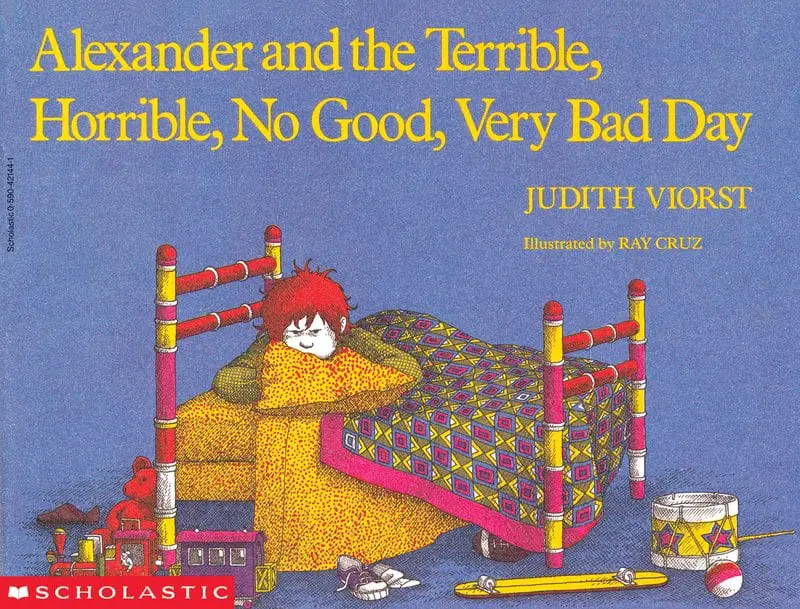
Alexander and the Terrible, Horrible, No Good, Very Bad Day is an American picture book written by Judith Viorst, published 1972. This was the first in the Alexander series, followed by: Alexander, Who Used to be Rich Last Sunday Alexander, Who Is Not (Do You Hear Me? I Mean It!) Going to Move Alexander, Who’s…
-
Story Structure: New Situation And Extrapolated Ending
The ‘New Situation’ describes the part of a story also known as the ‘denouement’. The audience is left with a sense of what the main character’s life will be like from now on. This comes right after the anagnorisis (realisation) sequence. The main character has undergone a change (unless it’s a comedy) and their life…
-
A Glossary of Genre and Story Types
The purpose of fiction genre is to help readers find the stories they want. For a full list of Fiction Genres you can’t go past the Wikipedia article. These are my own notes on genre, incomplete, but with a different spin.ga Children’s literature is broken down into genres, just as adults’ stories are. But critics…
-
Jack and the Baked Beanstalk by Colin Stimpson (2012) Analysis
As you can see from the cover art, this picture book has been illustrated by someone with a lot of experience in digital art — as a coffee table book of illustrations this stands alone as an exhibition of beautiful colour, wonderfully composed perspective drawings and interesting character design. The O.G. Jack And The Beanstalk…
-
Pyrrhic Victories and Tragic Dilemmas In Fiction
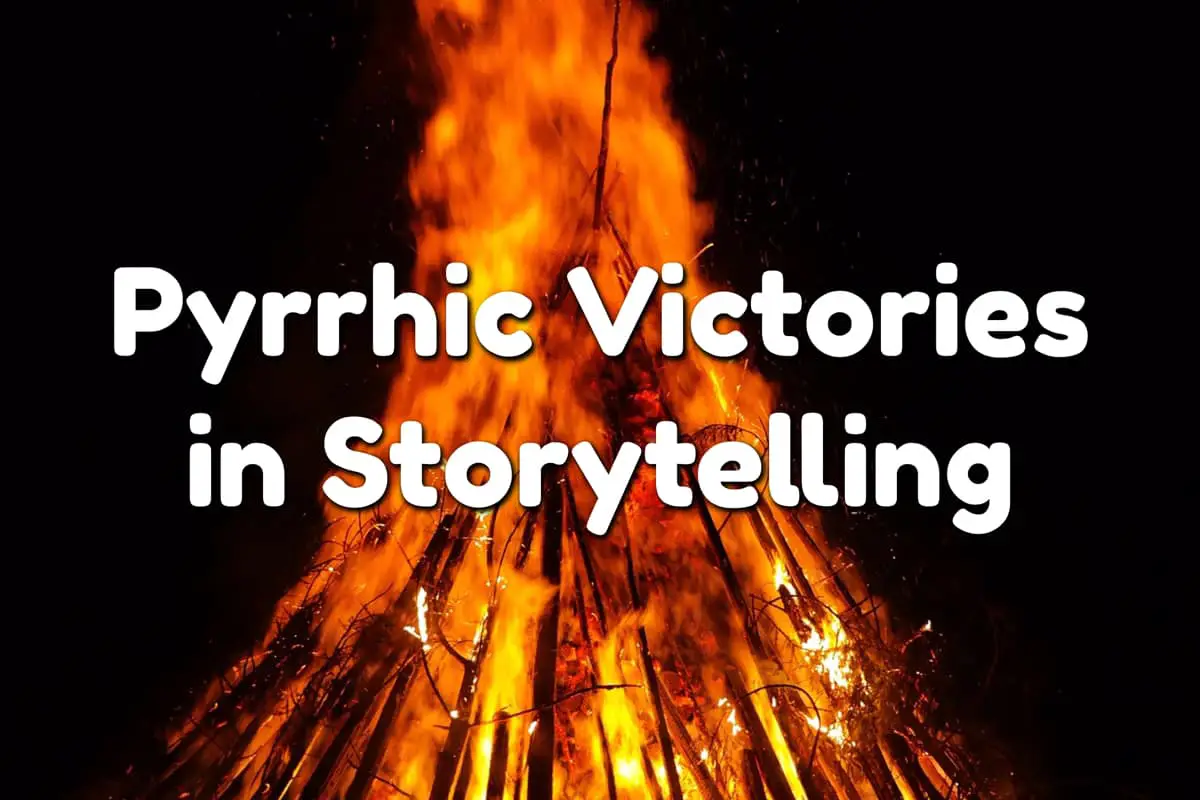
In the ultimate pyrrhic victory, the main character has achieved what needs doing but is dead by the end of the story.
-
The Trickster Archetype In Storytelling
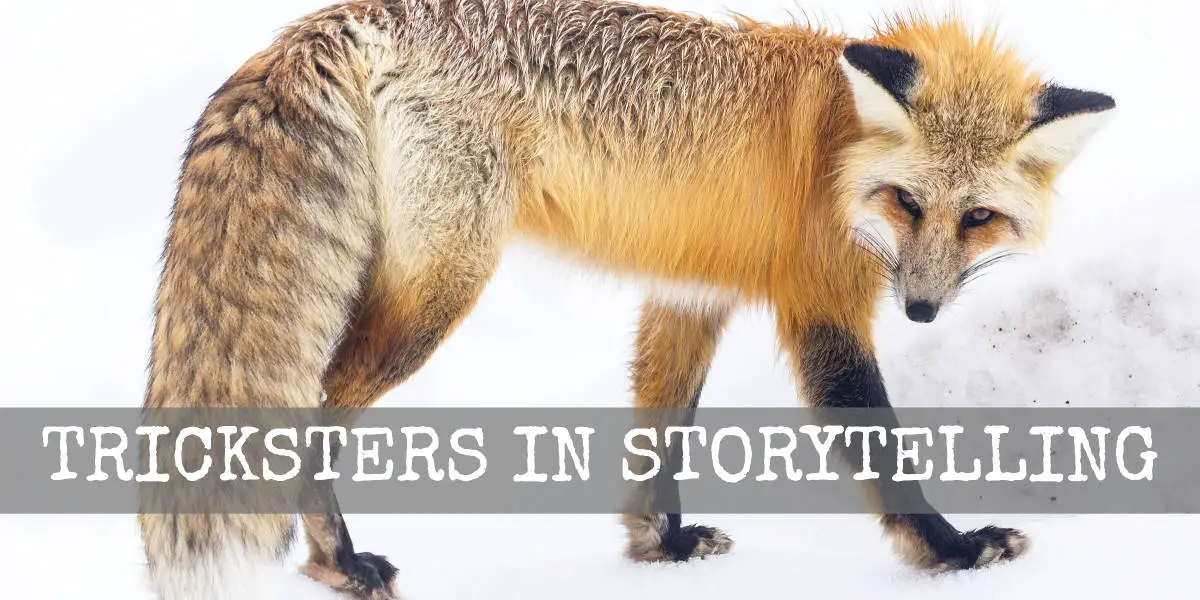
Tricksters are characters who make secret plans to get away with stuff and to get what they want. Most characters in children’s literature have an element of trickster about them, but this archetype is found frequently across the history of storytelling. In any negotiation, the one who lays out their position first usually loses because…
-
Stage and Cinematic Perspective In Art and Picture Books
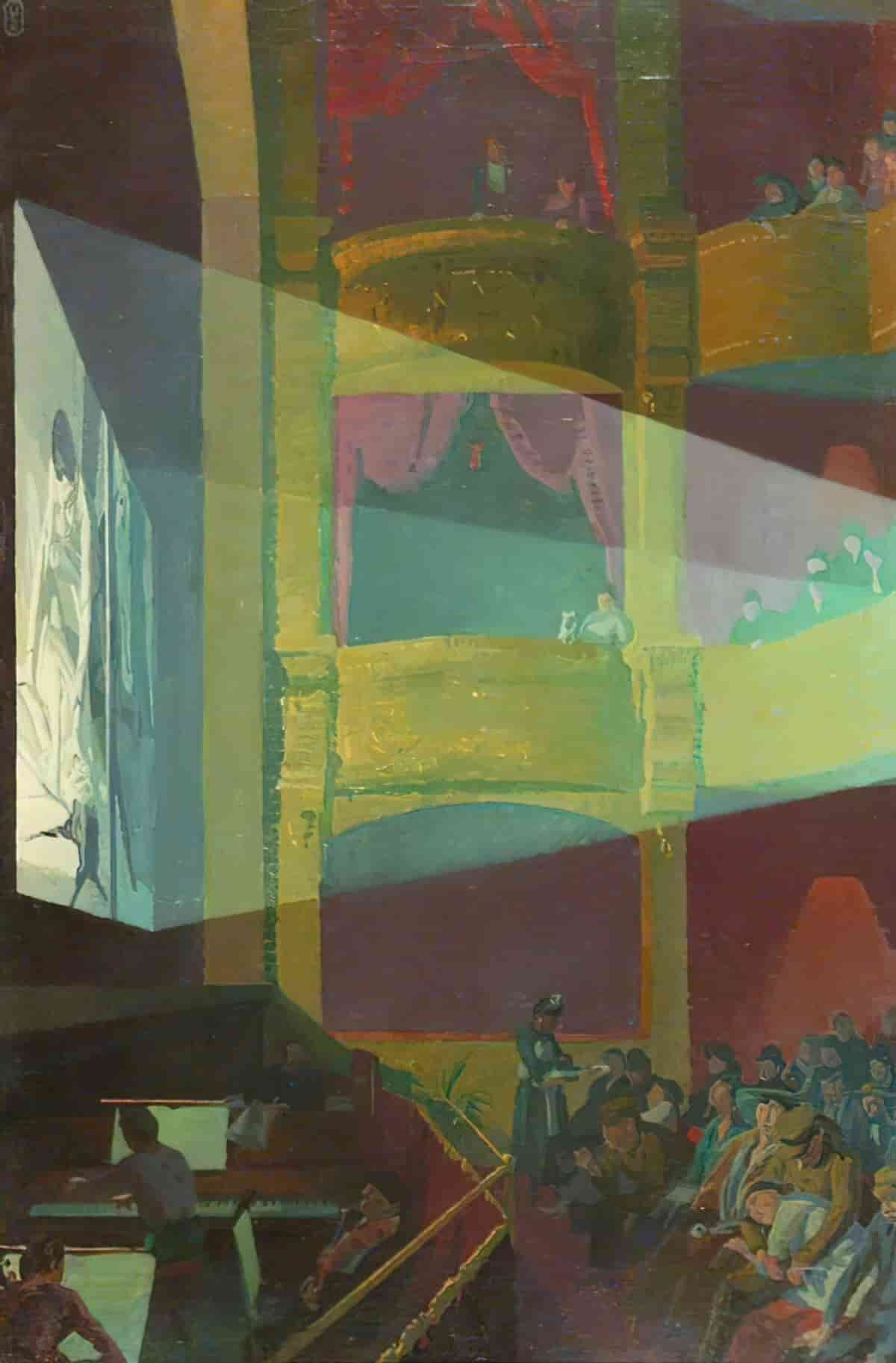
The Stage Perspective books look almost as if we are looking at a story acted out on a stage. Cinematic picture books are influenced by film, and make use of various camera angles: high angle, low angle, worm’s eye view, establishing shot and so on.
-
Teach With Picturebooks
What’s true of short stories is true of picture books: You should read short stories because each one will give you the full narrative hit—beginning, middle and end—in double-quick time. You’ll get all—well, most of—the satisfaction of a novel, in one small package that might use up 15–20 minutes of your time. Short Stories and…